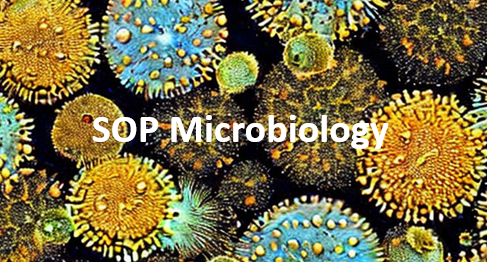Standard Operating Procedure for Water Testing
SOP Version: 1.0
Purpose:
The purpose of this Standard Operating Procedure (SOP) is to establish guidelines and procedures for water testing in the pharmaceutical manufacturing facility. Water testing is performed to assess the microbiological quality and purity of water used in various manufacturing processes, in compliance with relevant pharmacopeias and other pharmaceutical references.
Scope:
This SOP applies to all personnel involved in water testing activities within the pharmaceutical manufacturing facility. It covers the preparation, sampling, testing, interpretation, and reporting of water test results, ensuring accurate and reliable assessment of microbial contamination levels.
Responsibilities:
Quality Assurance (QA):
Ensure compliance with this SOP and related procedures.
Provide oversight and guidance on water testing activities.
Review and approve water test results and reports.
Microbiology Laboratory:
Perform water testing following approved procedures.
Maintain and calibrate laboratory equipment used for water testing.
Document and report water test results accurately.
Manufacturing Personnel:
Provide appropriate samples and documentation for water testing.
Adhere to proper aseptic techniques during sample collection and handling.
Report any deviations or incidents related to water testing to QA.
Procedure:
Sample Collection:
a. Identify the sampling points as per the approved sampling plan, considering different water sources and process stages.
b. Follow the appropriate sampling technique, such as grab
c. Use sterile sampling containers and take precautions to prevent contamination during the collection process.
d. Document the sample information, including sample identification, date, time, and sampling location.
Sample Handling:
a. Properly label the sample containers with unique identifiers.
b. Transfer the samples to the microbiology laboratory without delay, maintaining appropriate temperature conditions.
c. Take precautions to prevent sample deterioration during transportation.
Enumeration of Viable Microorganisms:
a. Prepare appropriate culture media specific to water testing, following approved procedures.
b. Inoculate the media with the water sample using suitable techniques, such as membrane filtration or pour plate method.
c. Incubate the media at the specified temperature and duration, as per the approved procedure.
d. Count and record the viable microbial colonies on each plate or membrane, considering colony characteristics and identification criteria.
Confirmation Testing (if required):
a. If there are any indications of microbial growth or out-of-specification results, perform appropriate confirmation testing as per approved procedures.
b. Follow the specific guidelines outlined in the pharmacopeia or other relevant references for confirmation testing.
Comparison with Acceptance Criteria:
a. Compare the obtained microbial counts with the specified acceptance criteria outlined in the pharmacopeia or other relevant references.
b. Evaluate if the microbial counts are within the acceptable limits, considering the type of water and its intended use.
Identification of Microorganisms (if required):
a. If required, perform microbial identification tests as per approved procedures to determine the types of microorganisms present.
b. Use appropriate identification techniques such as biochemical tests, molecular methods, or other validated methods.
Data Evaluation and Reporting:
a. Review and verify all water testing data for completeness and accuracy.
b. Prepare water testing reports, including observations, results, and any necessary follow-up actions.
c. Submit the reports to QA for review and approval.
Abbreviations:
QA: Quality Assurance
Documents:
Sampling Plans and Procedures
Sample Collection and Handling Records
Water Testing Records and Logs
Test Methods and Procedures
Water Testing Reports
References:
[Insert relevant pharmacopeia reference]
[Insert relevant pharmaceutical industry guidelines or standards]
Note: The references should be specific to the applicable regulations and guidelines in your region.
